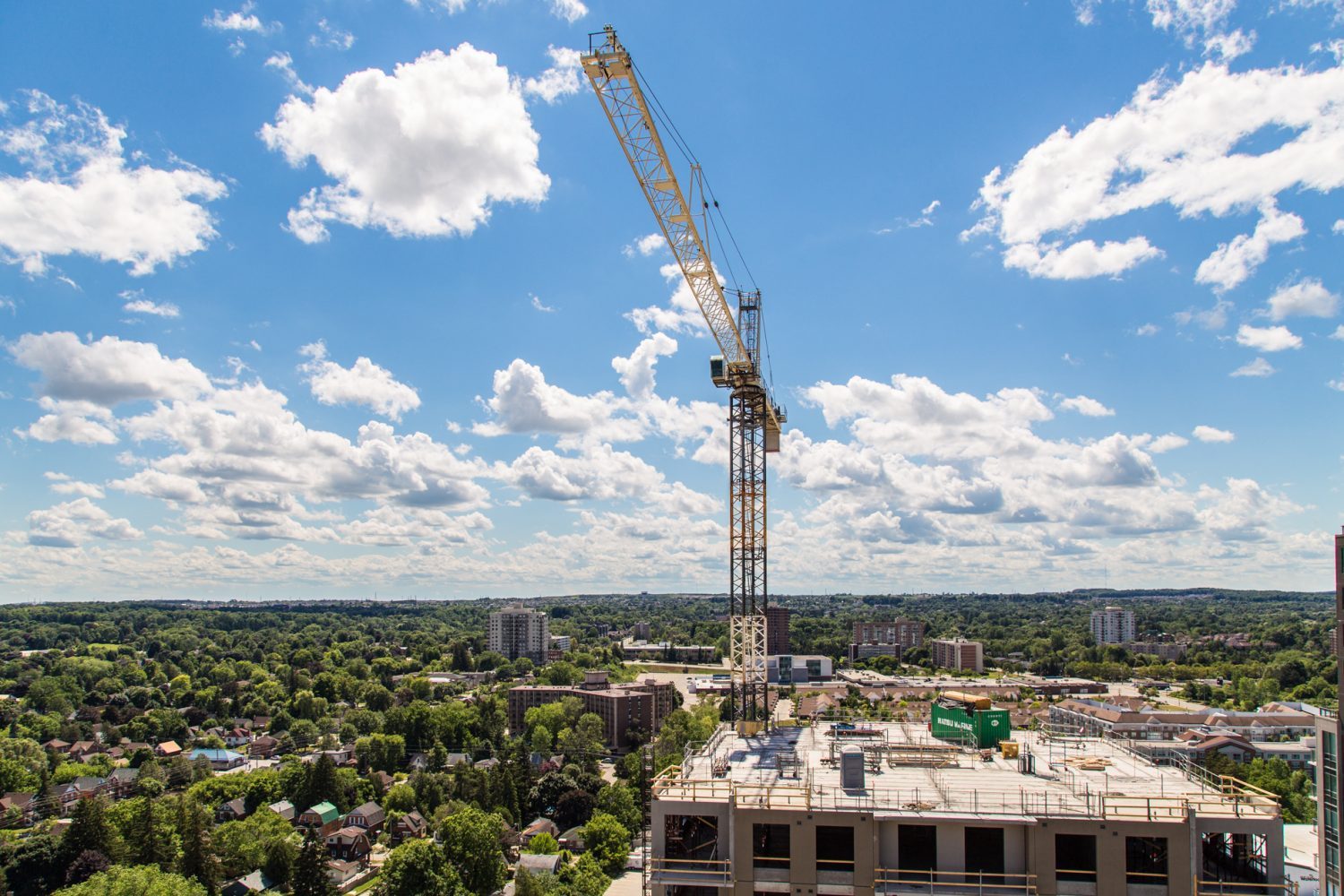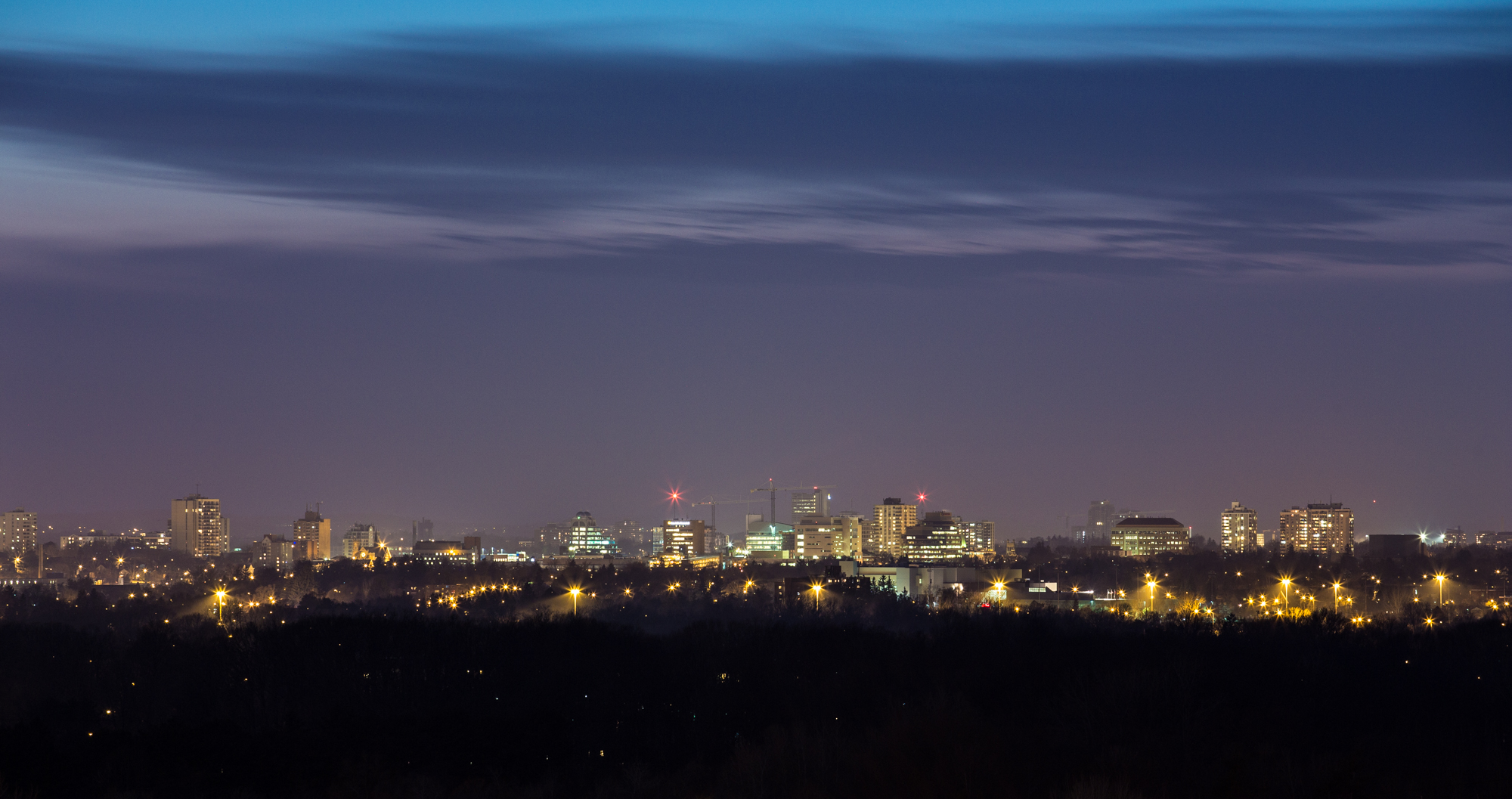The lack of affordable housing for people with low incomes is a serious issue in Waterloo Region, and so the recent provincial announcement of $20 million for affordable housing construction is most welcome.
Unfortunately, even if the province could find more money for affordable housing, they wouldn’t find enough. As the LRT spurs development along its route, particularly in our downtown cores, we should expect future developments to follow the model of those already underway, which are for people with comfortable incomes.
So what happens to people who currently live in an already dwindling number of low cost rental units? If they move out of the core, they move away from efficient reasonably-priced public transit and access to many leisure and employment opportunities within a walkable or bikeable distance.
Our downtown cores need to be places where everyone is welcome and can live. We need to consciously take action to build inclusive communities that include a diversity of incomes. It is time for our cities to be proactive and ensure this outcome.
But what can our local cities do? Very little, if anything, based upon past experience.
When people packed the gallery at Kitchener City Hall in 2014 because of the closing of the Out of the Cold shelters, they learned there was not much the city could do since, the Region of Waterloo is responsible for emergency shelter.
The Region presented the closing of the volunteer run shelters as a success story, as the number of beds available at the shelters it funded met the needs of people experiencing homelessness.
That is true. Our social service system responded to a need filled by volunteers so that it could provide enough emergency shelter.
But when it comes to the availability of affordable housing in our downtown cores and along the LRT route, there is only so much that can be done with $20 million over two years. So if we want to be serious about having diverse downtowns where there are adequate opportunities for people with low incomes to live, we need to do more and before much more development is approved.

The best news is that the cities of Kitchener and Waterloo can support this outcome by supporting Bill 7, the Promoting Affordable Housing Act, currently before MPPs at Queen’s Park.
This act gives our cities the ability to use a new planning tool called “inclusionary zoning.” If our local cities choose to use this new power, any new residential developments in identified areas must include a certain number of affordable units before they are approved.
By choosing to apply inclusionary zoning where we expect intensification to occur, Kitchener and Waterloo can ensure a good supply of homes for people with low and moderate incomes. Using it helps us to meet our intensification goals and ensure that the development spurred by the LRT contributes to inclusive and complete communities.
As you might expect, there are developers who are not keen for our cities to use this new tool and will lobby against Queen’s Park passing it. But inclusionary zoning is more than a feel good theory, and there are reasons to think the developers will not win the day. It has been proven successful in hundreds of American and English cities, and so it is no wonder that the City of Toronto and Jennifer Keesmaat, its chief planner, have been pushing for access to it for years.
Soon it may be time to pack the gallery of our local city halls to demand they do something to ensure there is sufficient affordable housing in our downtown cores. And this time, there will be something they can do about it.




Leave a Reply